M
I
C
R
O
S
T
O
R
Y
O
F
A
R
T
........................................................

NOW COMPLETED:

........................................................
MICROSTORY OF ART
ONLINE JOURNAL FOR ART, CONNOISSEURSHIP
AND CULTURAL JOURNALISM
........................................................
INDEX | PINBOARD | MICROSTORIES |
FEATURES | SPECIAL EDITIONS |
HISTORY AND THEORY OF ATTRIBUTION |
ETHNOGRAPHY OF CONNOISSEURSHIP |
SEARCH
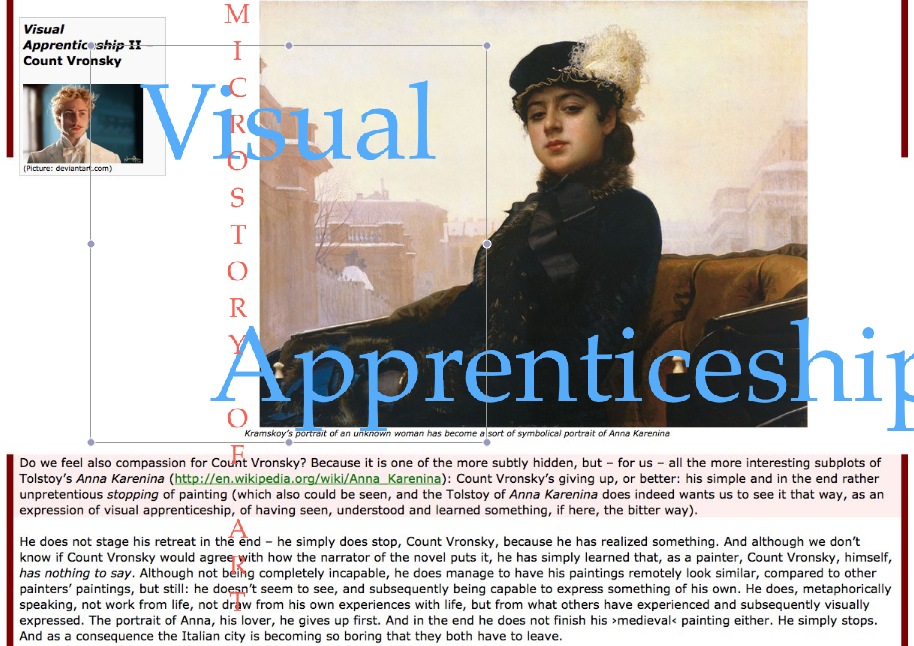
........................................................



 >MICROSTORIES
>MICROSTORIES
- Richard Serra
- Martin Scorsese
- Claude Simon
- Sunshine
- Werner Herzog
- The Creation
- Marcel Duchamp
- Nino Rota
- Wölfflin and Woolf
- Hansjörg Schneider
- Kraftort Arkadien
- Visual Biography
- Schlaraffenleben
- Die Geisteswissenschaften
- The Voyeur
- Buzzword Sustainability
- Paul Verlaine
- Tao Yuanming
- New Beginning
- Seneca
- Still Lifes
- Charles Baudelaire
- Frédéric Chopin
- The Art History of Sustainability
- Wang Wei
- Solarpunk
- Historians of Light
- Lepanto
- Renaturalization
- Plates
- Snow in Provence
- Learning to See
- Picasso Dictionaries
- Peach Blossom Spring
- Picasso Tourism
- Tipping Points
- Sviatoslav Richter
- Weather Reports
- Treasure Hunt
- Another Snowscape in Picasso
- Picasso in 2023
- Dragon Veins
- The Gloomy Day
- The Art of the Pentimento
- Reforestation
- The Status of Painting
- Emergency Supply
- Punctuality
- Watching Traffic
- Zhong Kui
- How Painting Survived the 1990s
- Confirmation Bias
- Sustainability and Luxury
- Garage Bands
- Picasso and Artificial Intelligence
- Eyes of Tomorrow
- Picasso in 2023 2
- Gluing Oneself to Something
- Suburbia
- Bamboo
- Sustainability and Carpe Diem 1
- Interviews with Bruegel
- Sustainability and Carpe Diem 2
- Coffee & Sugar
- Bamboo 2
- Picasso in 2023 3
- Sustainability and Carpe Diem 3
- Cherry Orchard
- Old Magazines
- Chance
- Nick Drake
- Harlequin
- The Smartphone & the Art Book
- Atlas Syndrome
- The Kitchen
- Atlas Syndrome 2
- Consideration
- Tori Amos
- School
- Orchard Auctioning Day
- The Hundred Years’ War
- Sócrates
- Chameleon
- Nefertiti Bust
- Picasso as a Computer
- Sunflowers
- Philemon & Baucis
- Ode to the Radio
- Childhood
- Wimmelbild
- Restitution
- Nick Drake 2
- Wishful Thinking
- Sundays
- The Independent Scholar
- September
- The Fisherman by Pirosmani
- Microadventure
- Sociology
- Salvator Mundi
- Chillon
- Appassionata
- Amber
- Homer
- Berlin
- Planet Walk
- Improvisation
- Seeing Picasso
- These Nice Kids
- Robber
- The One
- The Sea Turtle
- Zoo
- Through the Hush
- Wunderkammer
- I Do Not Seek, I Find
- Shopping Mall
- Food Hamper
- The Secretary
- This Gate
- Nor Rainy Day
- House on a Hill
- Beautiful Island
- Second-hand Bookstore
- Flat
- Slap in the Face
- Serra, Wenkenpark
- Apologies
- The Bells
- Nordmann Fir
- Picasso Wanting To Be Poor
- Picasso, Pirosmani
- A Brief History of Sculpture
- 24 Sunsets
- Rusty Phoenix
- Glove
- Wintry Stanza
- A Song
- Like A Beatle
- Catching An Orange
- Solar Bees
- Permaculture

 >FEATURES
>FEATURES
- Van Gogh On Connoisseurship
- Two Museum’s Men
- Ende Pintrix and the City in Flames
- Titian, Leonardo and the Blue Hour
- The Man with the Golden Helmet: a documentation
- Un Jury d’admission à l’expertise
- Learning to See in Hitler’s Munich
- Leonardo da Vinci and Switzerland
- The Blue Hour Continued
- The Blue Hour in Louis Malle
- Kafka in the Blue Hour
- Blue Matisse
- Blue Hours of Hamburg and LA
- A Brief History of the Cranberry
- The Other Liberale in the House
- The Blue Hour in Raphael
- Who Did Invent the Blue Hour?
- Monet on Sustainability
- Velázquez and Sustainability
- The Blue Hour in Guillaume Apollinaire
- Van Gogh on Sustainability
- The Blue Hour in Marcel Proust
- Picasso and Sustainability
- The Contemporary Blue Hour
- The Blue Hour in 1492
- The Blue Hour in Hopper and Rothko
- Hopper and Sustainability
- The Blue Hour in Ecotopia
- The Hour Blue in Joan Mitchell
- Explaining the Twilight
- The Twilight of Thaw
- The Blue Hour in Pierre Bonnard
- Explaining the Twilight 2
- Picasso on Stalin
- Rubens on Sustainability
- The Salvator Mundi in Bruegel and Rubens
- The Blue Hour in Leonardo da Vinci and Poussin
- The Blue Hour in Rimbaud
- Faking the Dawn
- Frost and Thaw in Ilya Ehrenburg
- Picasso, Stalin, Beria
- Picasso, Solzhenitsyn and the Gulag
- Shostakovich on Picasso
- Hélène Parmelin in 1956
- Historians of Picasso Blue
- Picasso Travelling to Moscow 1
- The Blue Hour in Caravaggio
- Picasso Travelling to Moscow 2
- Picasso, the Knife Game and the Unsettling in Art
- Some Notes on Leonardo da Vinci and Slavery
- Picasso Moving to the Swiss Goldcoast
- The Blue Hour in Camus
- The Blue Hour in Symbolism and Surrealism
- Caspar David Friedrich in His Element
- Exhibiting the Northern Light
- Caspar David Friedrich in His Element 2
- Robert Schumann and the History of the Nocturne
- The Blue Hour in Robert Schumann
- Caspar David Friedrich and Sustainability
- The Twilight of Thaw 2
- Multicultural Twilight
- The Blue Hour in Anton Chekhov
- The Blue Hour in Medieval Art
- Twilight Photography
- The Blue Hour in Bob Dylan
- Iconography of Optimism

 >SPECIAL EDITIONS
>SPECIAL EDITIONS
- Visions of Cosmopolis
- Mona Lisa Landscapes
- Turner and Ruskin at Rheinfelden
- Painters On TV & On TV
- Spazzacamini in Art
- A Last Glance at Le Jardin de Daubigny
- The Experimental Cicerone
- A Dictionary of Imaginary Art Historical Works
- Iconography of Blogging
- Begegnung auf dem Münsterplatz
- Cecom
- Das Projekt Visual Apprenticeship
- Those Who See More
- A Fox on Seeing with the Heart
- Sammlung Werner Weisbach
- Daubigny Revisited
- Some Salvator Mundi Microstories
- Some Salvator Mundi Afterthougths
- Some Salvator Mundi Variations
- Some Salvator Mundi Revisions
- A Salvator Mundi Questionnaire
- A Salvator Mundi Puzzle
- Unknown Melzi
- Francis I and the Crown of Charlemagne
- From Amboise to Fontainebleau
- Drones Above Chambord
- Looking Back At Conques
- Flaubert At Fontainebleau
- Images of Imperial Ideology
- The Chronicles of Santa Maria delle Grazie
- Seeing Right Through Someone
- Melzi the Secretary
- Eying Glass
- A Foil to the Mona Lisa
- A Renaissance of the Cartoon
- Sketching a Family Tree
- Venetian Variations
- A Brief History of Digital Restoring
- A Consortium of Painters
- Leonardeschi and Landscape
- A Christ in Profile
- Learning to See in Spanish Milan
- A History of Gestures
- Leonardo and Josquin
- A Renaissance of the Hybrid
- Suida and Heydenreich
- The Watershed
- Three Veils
- From Beginning to End
- Connoisseurship of AI
- Twilight and Enlightenment
- The Blue Hour in Chinese Painting
- Dusk and Dawn at La Californie
- Iconography of Sustainability
- The Blue Hour in Goethe and Stendhal
- The Sky in Verlaine
- The Blue Hour in Paul Klee
- Iconography of Sustainability 2
- The Blue Hour in Charles Baudelaire
- From Bruegel to Solarpunk
- Some Salvator Mundi Documentaries
- Some More Salvator Mundi Monkey Business
- The Windsor Sleeve
- Brigitte Bardot’s Encounter with Picasso
- Art Historians and Historians
- A Salvator Mundi Chronicle
- The Salvator Mundi and the French Revolution
- The Fontainebleau Group
- The Encounter of Harry Truman with Pablo Picasso
- The Fontainebleau Group Continued
- The Windsor Sleeve Continued
- The Salvator Mundi in Early Netherlandish Painting 1
- Some Salvator Mundi Resources
- A New Salvator Mundi Questionnaire
- The Woman in Picasso
- The Yarborough Group
- Melzi, Figino and the Mona Lisa
- The Yarborough Group Continued
- A Salvator Mundi Global History
- The Salvator Mundi in Medieval Art
- The Salvator Mundi in Medieval Art 2
- The Salvator Mundi in Early Netherlandish Painting 2


 >HISTORY AND THEORY OF ATTRIBUTION
>HISTORY AND THEORY OF ATTRIBUTION
- The Mysterious »Donna Laura Minghetti-Leonardo«
- Assorted Demons of Connoisseurship
- Panofsky Meets Morelli
- Discovering the Eye of Sherlock Holmes
- Handling the Left-handed Hatchings Argument
- Visual History of Connoisseurship
- Alexander Perrig
- Connoisseurship in 2666
- What Postmodernity Has Done to Connoisseurship
- Dividing Four Fab Hands
- A Leonardesque Ambassador
- Test Cases in Connoisseurship
- A Raphael Expertise
- How to Tell Titian from Giorgione
- Louise Richter
- The Unique Property in the History of Connoisseurship
- An Expertise by Berenson
- The Book of Expertises
- An Album of Expertises
- An Expertise by Friedländer
- A Salvator Mundi Provenance
- How to Tell Leonardo from Luini
- An Expertise by Crowe and Cavalcaselle
- An Expertise by Bayersdorfer
- An Expertise by Hermann Voss
- An Expertise by Hofstede de Groot
- Leonardeschi Gold Rush
- An Unknown »Vermeer«
- An Expertise by Roberto Longhi
- An Expertise by Federico Zeri
- A Salvator Mundi Geography
- A Salvator Mundi Atlas
- The Bias of Superficiality
- 32 Ways of Looking at a Puzzle
- James Cahill versus Zhang Daqian
- Five Fallacies in Attribution
- On Why Art History Cannot Be Outsourced to Art Dealers
- On Why Artificial Intelligence Has No Place in Connoisseurship
- Salvator Mundi Scholarship in 2016
- Leonardo da Vinci at the Courts
- The Story of the Lost Axe
- The Last Bruegel
- A Titian Questionnaire
- On Where and Why the Salvator Mundi Authentication Did Fail
- The Problem of Deattribution

 >ETHNOGRAPHY OF CONNOISSEURSHIP
>ETHNOGRAPHY OF CONNOISSEURSHIP
MICROSTORY OF ART
ONLINE JOURNAL FOR ART, CONNOISSEURSHIP
AND CULTURAL JOURNALISM
........................................................
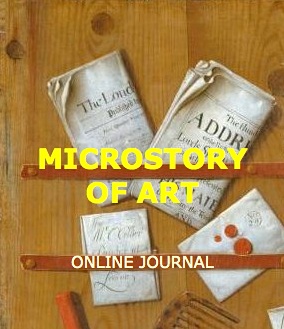
***
ARCHIVE AND FURTHER PROJECTS

1) PRINT


***
2) E-PRODUCTIONS


........................................................

........................................................

........................................................
FORTHCOMING:

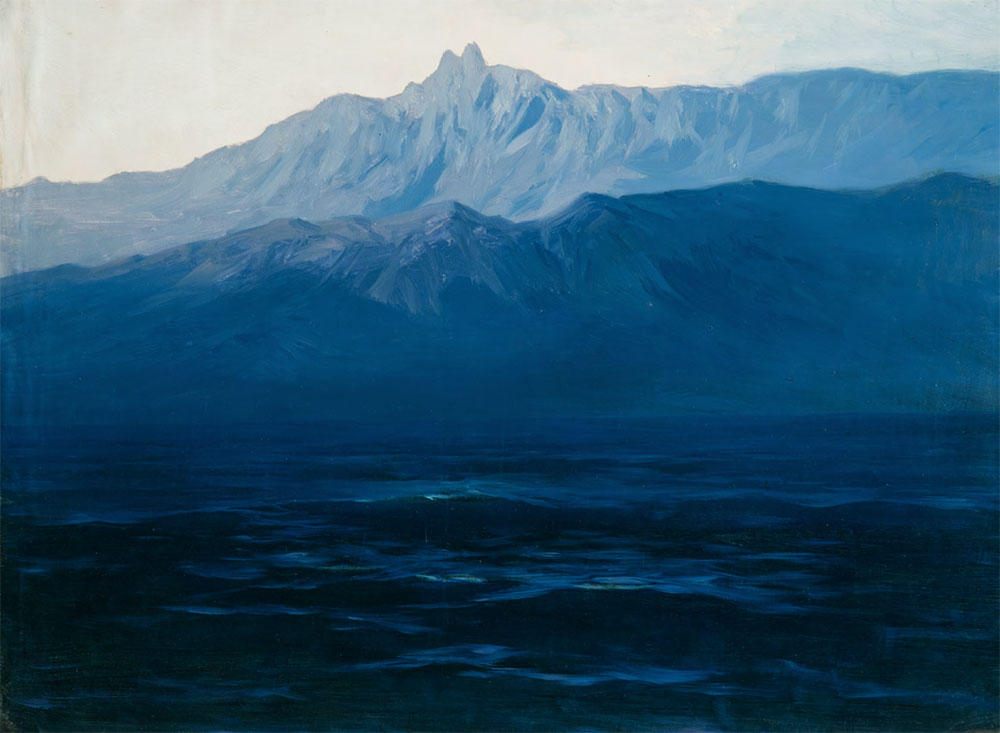
***
3) VARIA

........................................................

........................................................
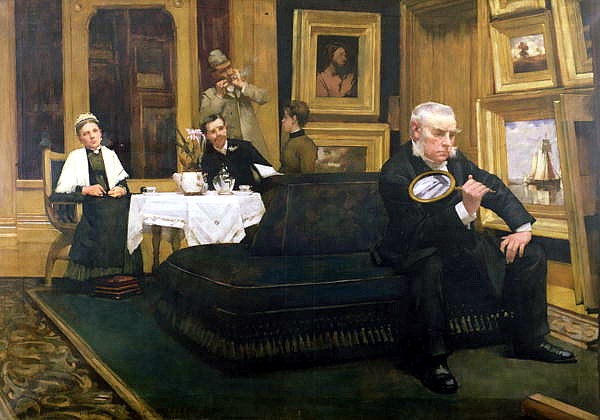
........................................................

........................................................

........................................................
***
THE GIOVANNI MORELLI MONOGRAPH

- The Giovanni Morelli Monograph
........................................................
MICROSTORY OF ART
ONLINE JOURNAL FOR ART, CONNOISSEURSHIP AND CULTURAL JOURNALISM
HOME
Picasso (Not) Travelling to Moscow 2 (1954ff.)
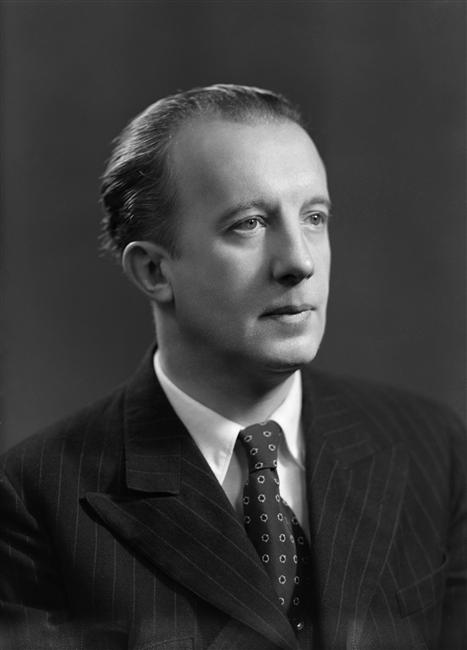
(Picture: Studio Harcourt – RMN ; poet Paul Éluard)

(Picture: artnet.de ; photograph by Lee Miller)

(Picture: Argentina)
(11.2.2023) Thanks to the below mentioned study by Sonja Grossmann we do know that Pablo Picasso had the chance to travel to the Soviet Union also in 1954 (with the result being, obviously, of him not travelling). After we had discussed Picasso (not) travelling to the Soviet Union in 1947 in part one of this two-part essay, we now have to look at the subject matter of Picasso being a non-traveller as to the year 1954, and also as to the years that followed, since in 1956, it is well known but rather little studied (with the exception of few scholars) that in the particular year, and on occasion of Picasso’s 75th birthday, the first Picasso exhibition in the Soviet Union (in Moscow, Pushkin Museum, as well as in Leningrad, Hermitage) took place. And the aim of this second part of our essay, after the purpose of part one had been to be an exercise in biographical writing, is to assemble the necessary dates, references and materials as to this exhibition.
Selected Literature:
Sonja Grossmann, Falsche Freunde im Kalten Krieg. Sowjetische Freundschaftsgesellschaften in Westeuropa als Instrumente und Akteure der Cultural Diplomacy, Berlin/Boston 2019 [see p. 223ff.];
Eleonory Gilburd, Picasso in Thaw Culture, in: Cahiers du Monde russe 47 (January-June 2006), pp. 65-108;
Eleonory Gilburd, To See Paris and Die. The Soviet Lives of Western Culture, Cambridge, Mass. / London 2018;
Susan E. Reid, Picasso, the Thaw and the »New Realism« in Soviet Art, Colloque Revoir Picasso, Paris, 26 March 2015;
Violaine Vanoyeke, Paul Éluard. Le poète de la liberté. Biographie, Paris 1995
One) The Politics of Dominique and Paul Éluard
The Picasso of 1954 was well aware that the Soviet Union was not a socialist paradise, and that the wishful thinking of Communists and fellow travellers of the French Communist party as well as of global communism, led by the Soviet Union, tended to paint the reality as to the internal affairs of the Soviet Union as too rosy. How do we know? We know, or better: we can assume, since the matter was controversial between Dominique and Paul Éluard, and this couple was befriended, in a rather complicated way, with the couple Françoise Gilot-Picasso.
We see both couples in the above photograph by Lee Miller, on occasion of the Éluard wedding of 1951 (with Françoise Gilot as well as Picasso standing witness). Due to the Paul-Éluard biography by Violaine Vanoyeke we do know that Dominique and Paul had almost split up due to politics before. The couple had travelled to the Soviet Union in 1950 (and poet Paul Éluard was also to travel to Moscow in 1952 again, on occasion of festivities to honor poet Victor Hugo). But after the first visit Dominique Éluard had voiced the opinion that one had seen nothing, on that trip to the Soviet Union, which would have convinced one to become a communist (see Vanoyeke, p. 356). And this statement had caused a rage in poet Paul Éluard (who is known, among other things, and better things, for having written an ode on Stalin).
The relation between the two couples was complicated since, on the one hand the relation between Françoise Gilot and Picasso was already difficult in the early Fifties, and the Éluards saw themselves being witness to Picasso’s affair with Geneviève Laporte, which caused problems of loyalty; and on the other hand there was also some tension, or at least ambivalence in the relation between Picasso and Dominique Éluard, who did not warm up very much for each other (with Dominique Éluard stating later that Picasso had not been a man to be friend with anyone, while Paul, on the other hand had been a friend to him).
Brief: Picasso must have known, due to the Éluards discussing politics, or probably rather: avoiding politics, that the matter of who had seen what in the Soviet Union was delicate, and perhaps he did also know already that, as to the couple Éluard, she was probably the more clear-sighted (which would also have raised the question of who, as to the couple Françoise Gilot-Picasso, was the more clear-sighted here).
Two) 1954: A Non-Traveller is Demanding an Exhibition
The fact that Pablo Picasso had been invited to the Soviet Union – officially – in 1954 is only mentioned in the study by Sonja Grossman (p. 223), but the fact has been established not based on hearsay, but on the basis of sources (the leadership of the Soviet Union had approved the invitation). Picasso, as we also get to know, did state that in this case he did want – also – an exhibition. If he ever had the plan actually to travel to the Soviet Union, we do not know, but the invitation was repeated in September 1956, immediately before such exhibition took place, and Pablo Picasso never went to travel to the Soviet Union, while his pictures did. He did sent more of them to the Soviet embassy in Paris than probably expected, and since this offer could not been declined, the exhibition resulted to be bigger than the Soviet side (or leadership) actually had expected or wanted it to be.
Picasso had eyes in Moscow – I am going to say more on that in my one book on Picasso in 1956 (The Difficulty of Seeing), but it is also worth mentioning here that photographer David Douglas Duncan, who had made the acqaintance of Picasso in February 1956, was in Moscow at the time of the exhibition and also did photograph in the exhibition. David Douglas Duncan, who was to photograph in the Picasso household extensively only in the next year, in 1957, was, by the way, among the very few people in 1956, who had the chance to speak to Pablo Picasso personally, as well as they (or he, and exclusively he) had the chance to speak to Nikita Krushchev personally in 1956.
Three) With a Little Help of My Friend (Jean Cocteau): Dates, Events and Resources as to the 1956 Picasso Exhibition in the Soviet Union
The reception of the first Picasso exhibition in the Soviet Union (a second was to be held in 1966) has been extensively studied by Eleonory Gilburd, and it is rather about synthesizing here, and also supplementing here and there, the resources already known. We can do that also based on the diaries of Jean Cocteau, who, for example, confirms, that once in 1956, indeed the Soviet ambassador in France, Sergei Vinogradov, had come to see Picasso personally in his villa La Californie at Cannes (the information that a conversation had taken place is also given by Grossmann, and only by Grossmann, see p. 223f. of her book; and compare C V, 268 (6.10.1956): Picasso announces the visit of ›the embassy‹ to Cocteau, for tomorrow, 7.10.: »Il m’annonce avec le comble de sa malice dans l’œil, que Moscou prépare une exposition monstre de ses œuvres et que toute l’ambassade et le centre culturel ont visité (avec enthousiasme) l’atelier des Grands-Augustins, sous la garde d’Inès. Ambassade, journalistes et centre culturel arrivent demain lui rendre visite au Coste-Belle.«).
We conclude with assembling a few key facts as to various subjects related to the 1956 Picasso exhibition in the Soviet Union:
A Message from Picasso to the Soviet people…
…was probably drafted by Picasso, but edited by Jean Cocteau, perhaps with Picasso again editing it (C V, 284 (17.10.1956); and see below).
The text has been published in various places (see for example Liverpool etc. 2010/11, p. 58 and note 26 on p. 237; text of a typoscript from the Archives Picasso with words partly crossed out and some words added by hand).
Excerpt: »…And I hope one day to undertake that wonderful fraternal voyage to your country [crossed out:] that I must let my works take on their own… [By hand] and I must now ask my works to make it in my stead. Picasso«
The Role of Hélène Parmelin (whose one portrait by Picasso was to be seen in the exhibition)…
…was, probably among other things, to remind Picasso, by phone, of still having to send the aforementioned message, which caused anger in Picasso; see Par 1962, p. 193; Parmelin also mentions that Picasso had wondered for years why the Russians never did invite him; and that, after the Soviets had invited him, he had asked why they did invite him that late. She comments that Picasso never had thought for a second to actually undertake a voyage to the Soviet Union, which did not prevent him from reproaching ›the other side‹ for it never taking place).
Informations on what Dimitri Shostakovich had to say on Picasso, in 1956, immediately after the exhibition had opened, can be found here.
And it was photographer David Douglas Duncan who transmitted that, in 1957, the First Secretary of the Soviet embassy at Paris visited La Californie, to apologize for the loss of several ceramics that had been borrowed for the exhibition at Moscow and Leningrad (Duncan 1974, p. 34).
MICROSTORY OF ART
ONLINE JOURNAL FOR ART, CONNOISSEURSHIP AND CULTURAL JOURNALISM
HOME
© DS
